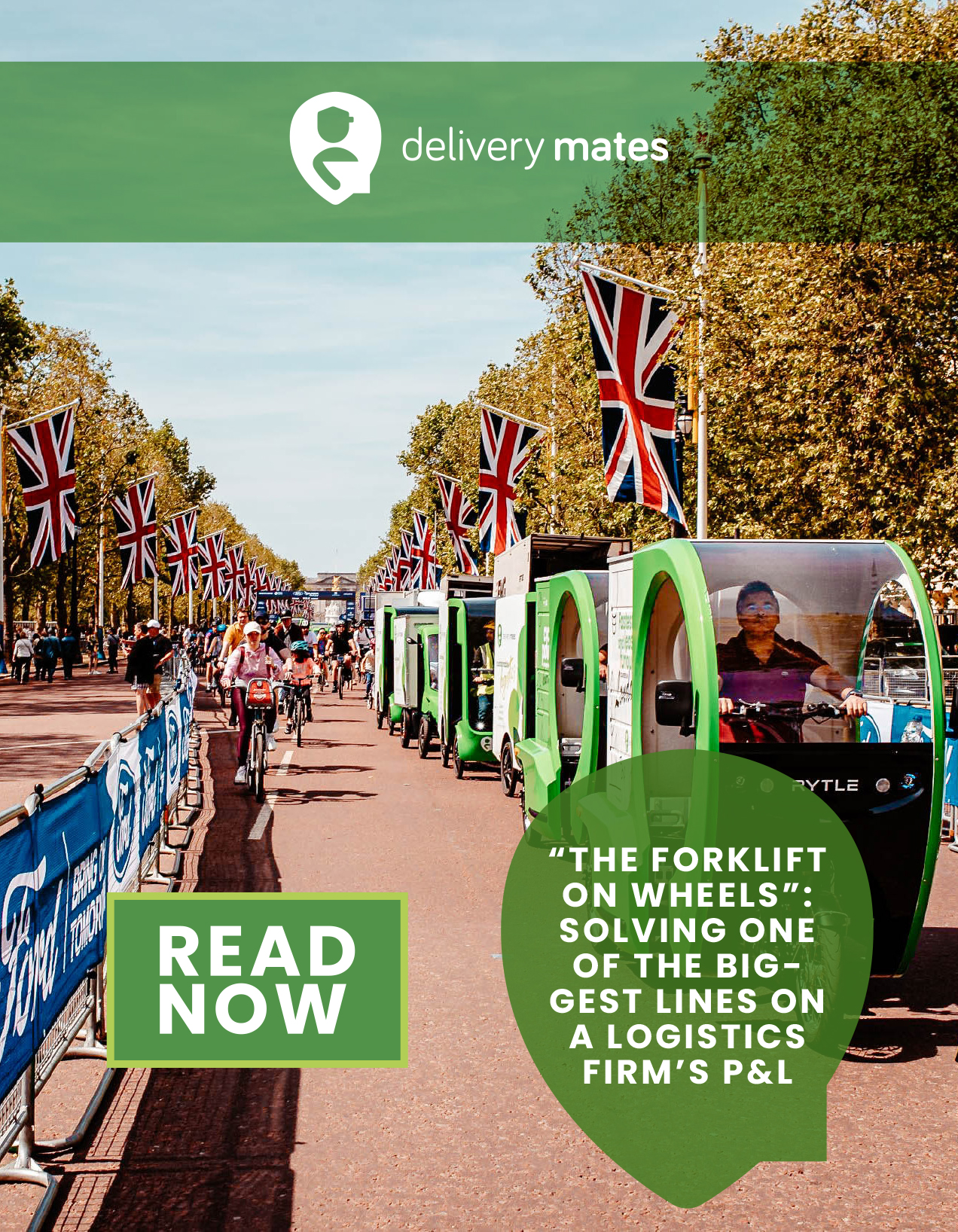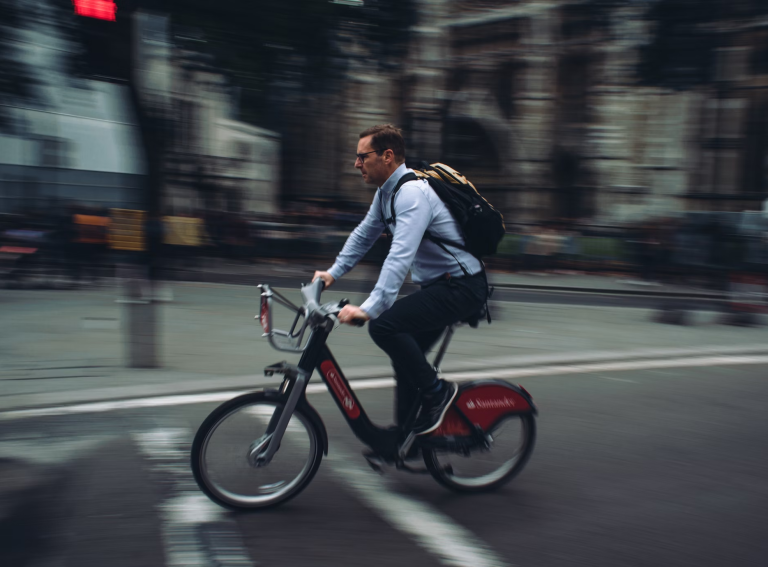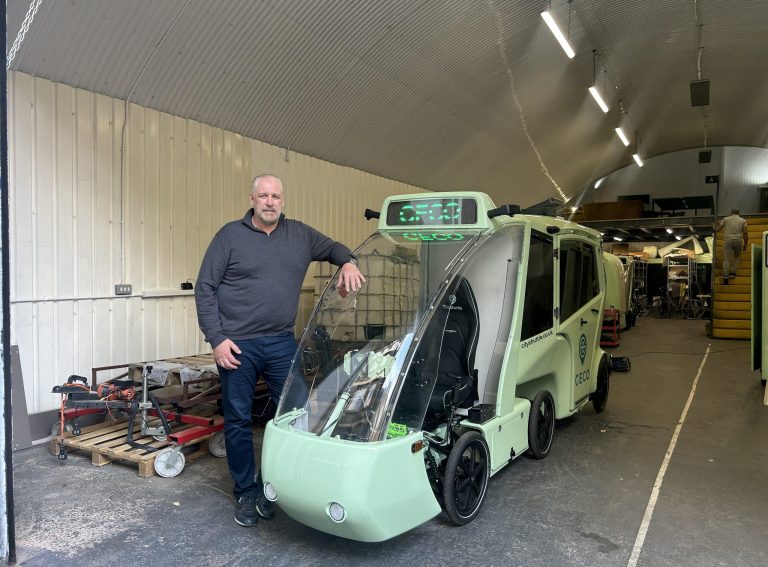Micromobility operator Voi has recorded a company-wide accident rate of 5.45 major accidents per million ridden kilometres between 2021 and 2022, according to its second Safety Report released today.
This is based on data from more than 120 million rides across 11 countries.
This number, however, is based on user-reported data. The company calls for more public-private data exchange on accident statistics from hospitals and the police to correctly inform decision-makers and make streets safer.
Voi has set a Vision Zero target to have zero fatalities and severe injuries in its value chain by 2030.
In the new edition, Voi aims to continue educating stakeholders and foster collaboration to further improve shared micromobility safety.
The report builds on the company’s first Safety Report launched in June 2021, which set a detailed risk assessment for shared micromobility.
Critical areas of action
Voi CEO and Co-Founder Fredrik Hjelm told Zag Daily that there are two critical areas for improving the safety of shared micromobility.
“These are to further increase education for inexperienced road users as well as raising driver awareness of how to share the road with e-scooters; and building appropriate bike infrastructure, such as cycle lanes, to support the green transition,” said Hjelm.
“In addition, it’s elementary that operators ensure the safety of rental e-scooters and e-bikes through vehicle design and operational routines.”
Based on academic research, the report found that the number of accidents involving e-scooters in Europe has remained stable in cities with bike lane infrastructure. On the other hand, accidents increased in areas with limited bike-lane density.
Furthermore, Voi found that 64% of its users in Oslo felt unsafe due to poor road conditions, including potholes, gravel and junctions.
“There are many factors impacting safety that we can’t control, and infrastructure is a critical one,” said Hjelm. “Cities want to reduce car use, and we are here to help, but infrastructure needs to be adapted for the growth of private and shared micromobility.”
Voi’s safety strategy
The operator has set a strategic plan to reduce the risk of accidents in Voi’s value chain and support cities in achieving Vision Zero.
Covering three focus areas, the plan targets the safety of vehicles and equipment, road users’ behaviour and a safe street environment.

“Voi’s safety strategy takes a holistic approach to improving the safety of our service and we are committed to continuing working with our partnering cities in achieving Vision Zero,” said Hjelm.










